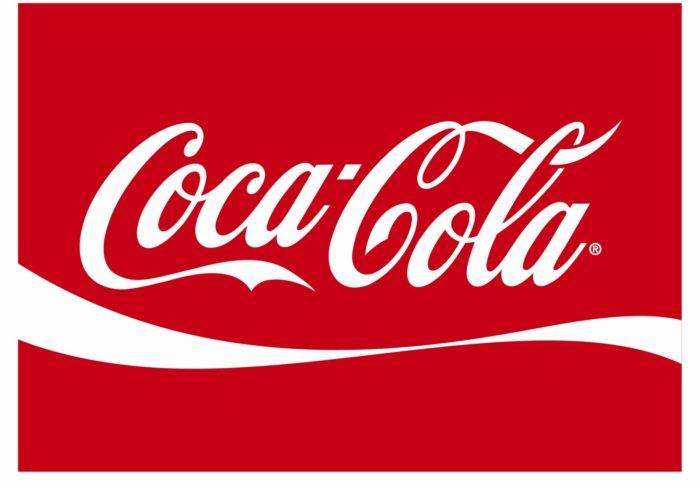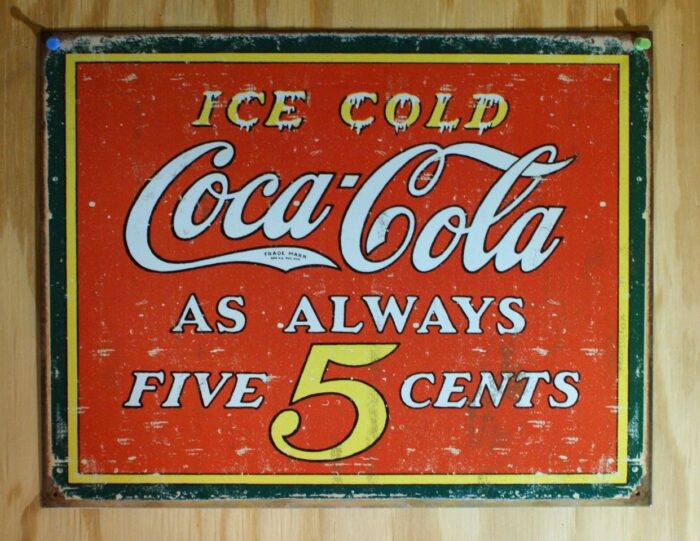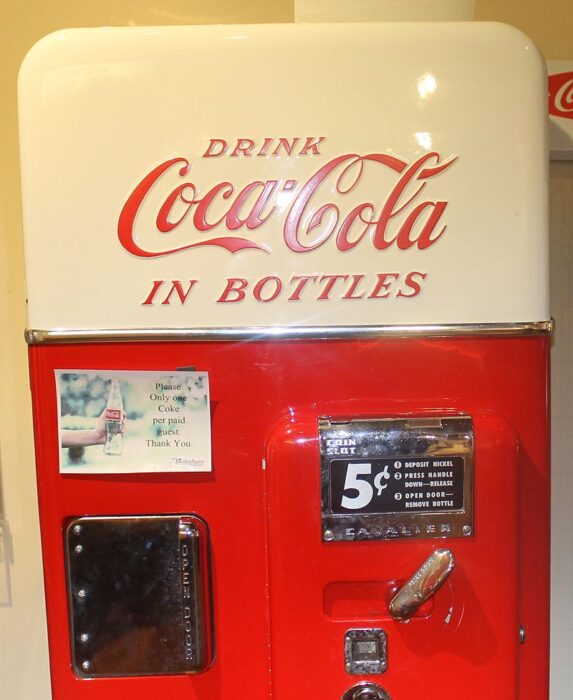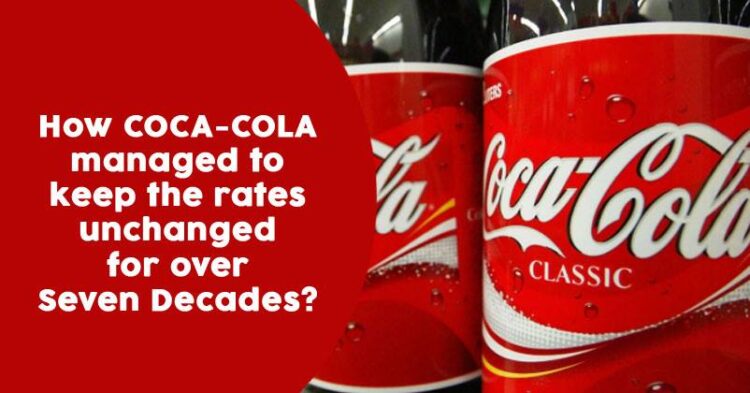Coca-Cola is one such brand that comes directly to our mind when we think about cola beverages. Today, we are sharing something about the company that most of its customers don’t know- Between 1886 and 1959, the price of a coca-cola bottle remained five cents or one nickel. Interestingly it is the time period when so many things happened including the launch of Pepsi, World War I, changing taxes, World War II among many more. SO did the company managed to achieve this? To know this, you have to read the below points:
Initial days
It all started from the initial days when in 1886, Dr. John Stith Pemberton, a pharmacist produced the first Coca-Cola syrup. To make Coca-Cola as an affordable option in the market, he chose five cents.
The never-ending contract

In 1899, two lawyers approached Coca-Cola President Asa Candler about buying Coca-Cola bottling rights. At that time, cola beverages were not famous. So, Candler sold the rights for one dollar. Unfortunately for Candler, the contract at the agreed-upon price had no expiration date, so he had essentially agreed to sell Coca-Cola at the same price forever and the company costs remained low due to this.
Advertising strategies
The non-expiring contract meant that the drink had to sell for a fixed price. This meant Coca-Cola’s profits could be increased by only increasing the number of bottles sold. To achieve this, Coca-Cola started aggressive marketing campaigns with the five-cent price tag.

The campaign got successful, and bottlers did not increase prices. Coca-Cola didn’t want to remove this affordable drink image from the minds of customers, so they didn’t change the price.
Vending machines
This is another interesting factor that led to the same pricing. When Coca-cola started selling their drinks through vending machines, they feared that requiring multiple coins (i.e six pennies or one nickel) would reduce sales. The closest price achievable with a single coin was five cents.

Also Read: Marketing Strategies That Made Coca-Cola Stand Ahead Over Other Beverage Brands
This all ended when in the 1940s, inflation in the US begun to accelerate, making Coke unsustainable. In 1950, Coca-Cola prices went up to six cents. In 1951, Coca-Cola stopped placing “five cents” on new advertising material. By 1959, the last of the nickel Cokes had been sold.
















